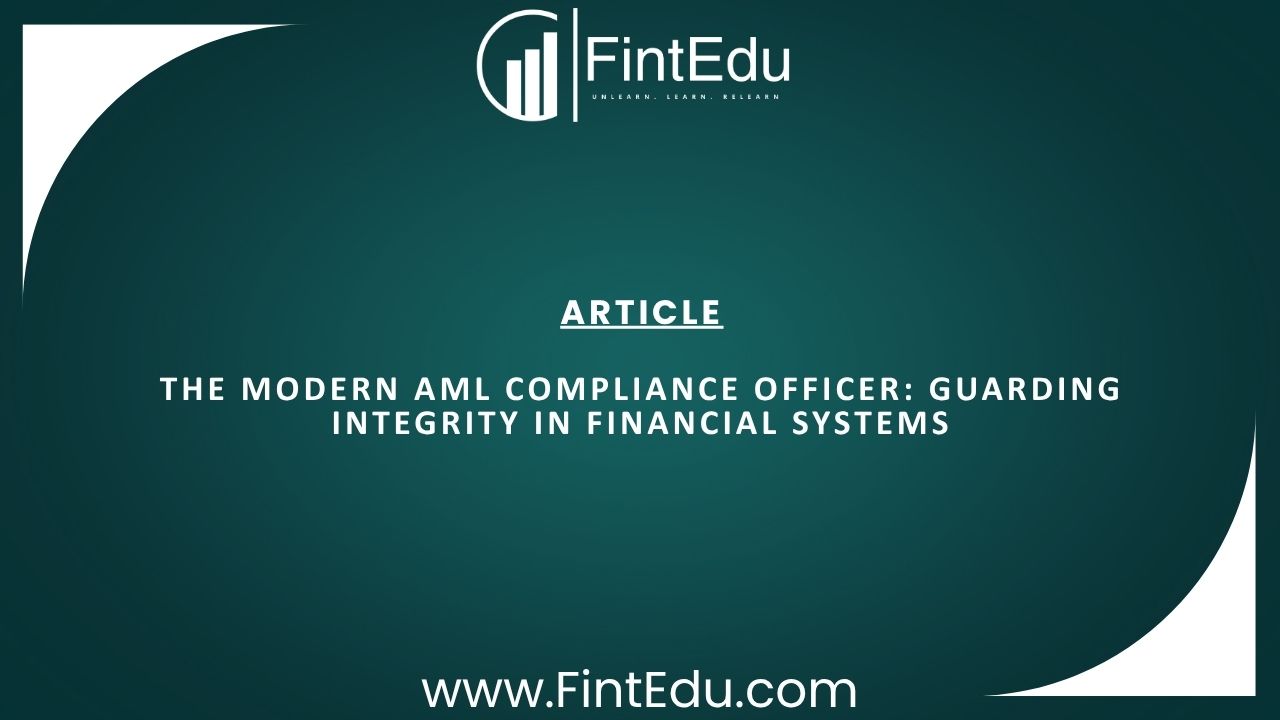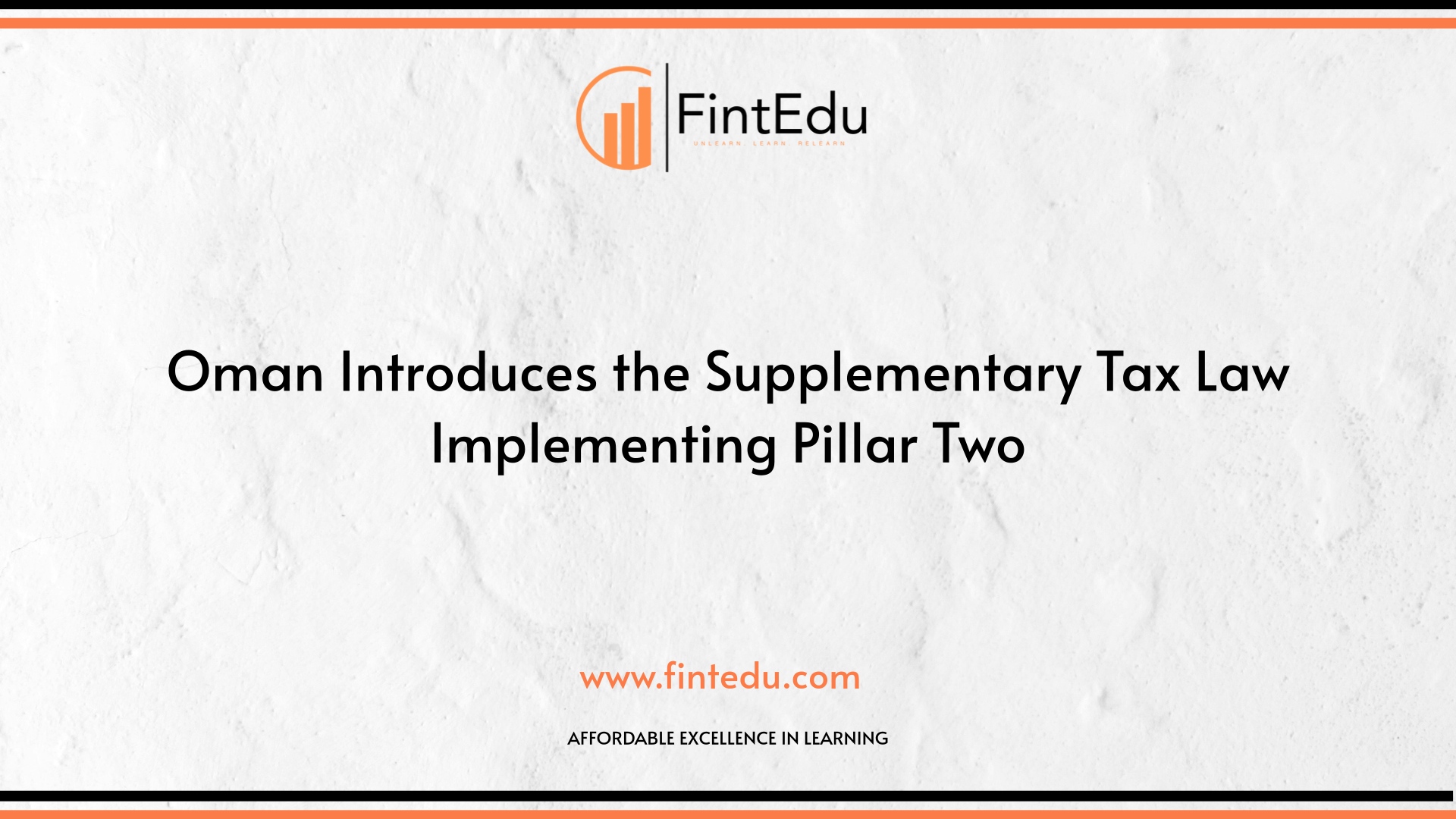LISTEN TO THIS ARTICLE
The Sultanate of Oman has taken a progressive step by issuing Royal Decree No. 70/2024, introducing a Supplementary Tax Law targeting multinational enterprises (MNEs). Effective from 1 January 2025, this law reflects Oman's commitment to the OECD/G20 Inclusive Framework on Base Erosion and Profit Shifting (BEPS) 2.0. Oman’s alignment with Pillar Two ensures that MNEs pay a global minimum tax rate of 15%, fostering fair competition and safeguarding national tax revenue.
In this write-up, we have provided an overview of the key features of the Supplementary Tax Law.
Applicability
The law applies to MNEs with global consolidated revenues exceeding €750 million in two of the last four fiscal years. It includes companies, branches, and permanent establishments (PEs) operating in Oman. However, certain entities, such as government organizations, non-profits, pension funds, investment funds, and real estate investment entities, are excluded from the scope of the law.
Introduction of Two Tax Mechanisms
- Domestic Minimum Top-Up Tax (DMTT): This ensures that Omani entities of MNEs pay a minimum effective tax rate of 15% and applies to entities where profits are taxed below the stipulated threshold within Oman. Typically, entities in Oman would include an Ultimate Parent Entity (UPE) located in Oman, an Intermediate Parent Entity (IPE) located in Oman, and a Partially-owned Parent Entity (POPE) located in Oman.
- Income Inclusion Rule (IIR): Under this rule, taxes are imposed on Omani UPEs or IPEs for low-taxed profits of foreign constituent entities. UPEs or IPEs located in Oman must pay tax under this rule where the effective tax rate (ETR) paid by the constituent entity is less than 15%. This prevents profit shifting to low-tax jurisdictions and ensures tax neutrality.
Implementation Framework
The Oman Tax Authority will issue executive regulations clarifying various aspects under the supplementary law. It is likely that these clarifications will align with the OECD GloBE Model Rules and would include:
- Detailed rules on PEs, joint ventures, and minority-owned entities;
- Computation of aggregate income and taxes across jurisdictions;
- Determining ETR, applying top-up taxes where ETR falls below the threshold;
- Safe harbours, such as de minimis thresholds; and
- Transitional exemptions for certain fiscal years, to ease compliance burdens for eligible businesses.
Implications and Way Forward
Oman’s adoption of BEPS 2.0 Pillar Two rules aligns its tax regime with global standards. Businesses must re-evaluate their tax strategies, particularly where effective tax rates are influenced by free-zone benefits or exemptions. Proactive impact assessments, re-calculation of ETRs, and adjustments to corporate structures are essential to ensure compliance. In the near future, monitoring regulatory updates and adapting to new requirements will be critical for entities operating in Oman.
Disclaimer: Content posted is for informational and knowledge sharing purposes only, and is not intended to be a substitute for professional advice related to tax, finance or accounting. The view/interpretation of the publisher is based on the available Law, guidelines and information. Each reader should take due professional care before you act after reading the contents of that article/post. No warranty whatsoever is made that any of the articles are accurate and is not intended to provide, and should not be relied on for tax or accounting advice
Related Articles
UAE’s Domestic Minimum Top-up Tax (DMTT): Addressing Key FAQs
Why Saudi Arabia Has Yet to Commit to Pillar 2 Rules
Qatar’s Implementation of Pillar 2 Global Minimum Tax
Pillar 2 coming to UAE…what to expect?
Exploring the Fate of Pillar 2 in the Gulf
Contributor
Related Posts

Anti-Money Laundering (AML) in the UAE is a core component of the country’s financial and economic...
Read More
In an era where financial transactions occur at the speed of light, the role of an Anti-Money Launde...
Read More
@@PLUGINFILE@@/ttsmaker-file-2025-11-13-12-36-37.mp3Listen to this ArticleIn today’s business envi...
Read More